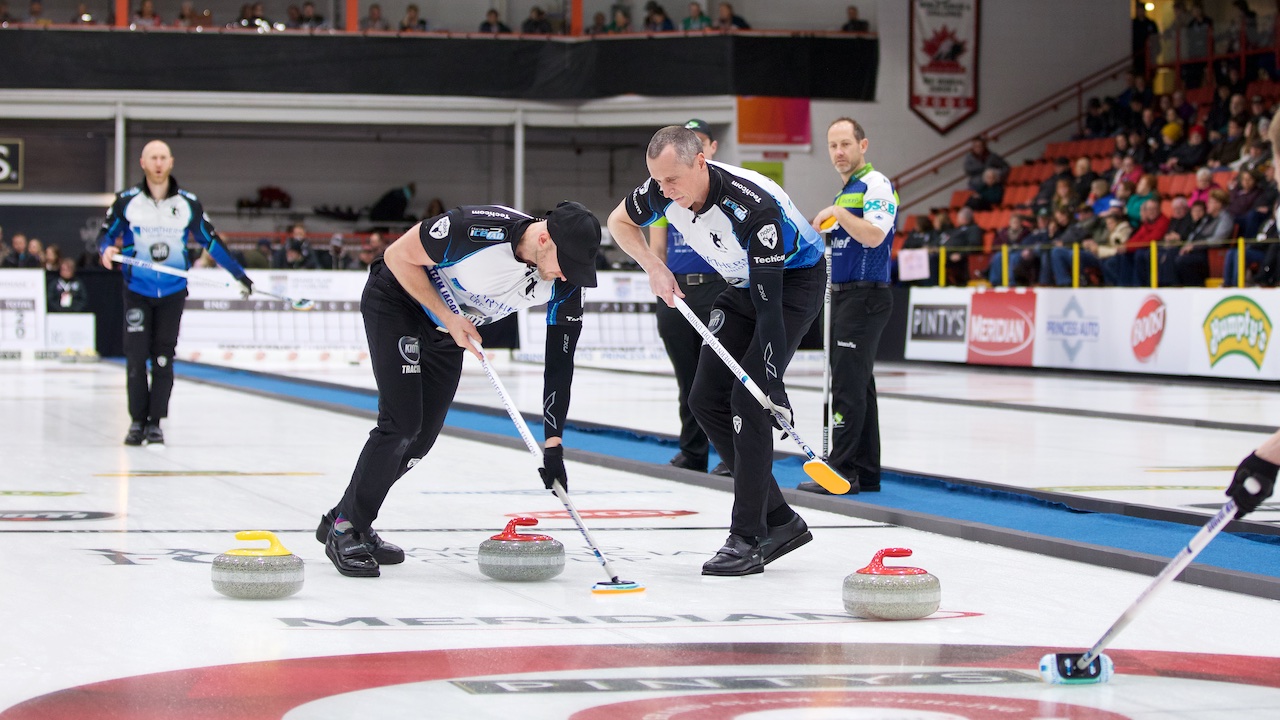Bracketology 101: Triple knockout explained
Something old, something new: The 2021 Masters will feature a triple knockout preliminary round when the Pinty’s Grand Slam of Curling season begins, Oct. 19-24, at Sixteen Mile Sports Complex in Oakville, Ontario.
Triple knockout is a familiar format on the tour and was used at the Masters when the event started in 2002. The Meridian Open has used the triple knockout format again since 2014 although pool play and round-robin are preferred for major televised tournaments.
You don’t need to be a bracketologist to understand triple knockout. Here’s a primer.
The 16 men’s and 16 women’s team divisions are split into two A brackets to start the tournament. Each defeat dropping teams to a lower bracket until they reach three losses. Teams that win remain in their current bracket. Teams must win three games before they lose three games in order to advance to the playoffs.
Two A teams (3-0 records), three B teams (3-1 records) and three C teams (3-2 records) advance to the playoffs.
Just remember this simple rule: Win three games to move on or lose three and you’re gone.
Some teams will breeze through the A-side and reach the playoffs in only three games (and earn some rest) while others will grind it out and play up to two more games through the C-side. The latter isn’t necessarily a bad thing as sometimes teams play better with their backs against the wall and playing more games means getting a better understanding of the ice and the rocks in play.
The 16-team triple knockout also means teams always face off against another team with an identical record as their own. That makes every match meaningful with no games where a team has already been eliminated and is just playing for pride like in a round-robin.
Teams also do not have to worry about possible tiebreaker scenarios as there are none with eight teams guaranteed playoff spots through the triple knockout brackets.
Since round-robin pools are balanced based on rankings, you don’t see two of the top teams face off until the playoffs. Here, they could meet in the A-qualifier match or, if they struggle to start, they could square off in the C-side with elimination on the line.
It may seem tricky since teams don’t always know who their opponent is going to be but as they say, to be the best you have to beat the best and that’s why these teams are among the top in the world because they’re up for any challenge!

